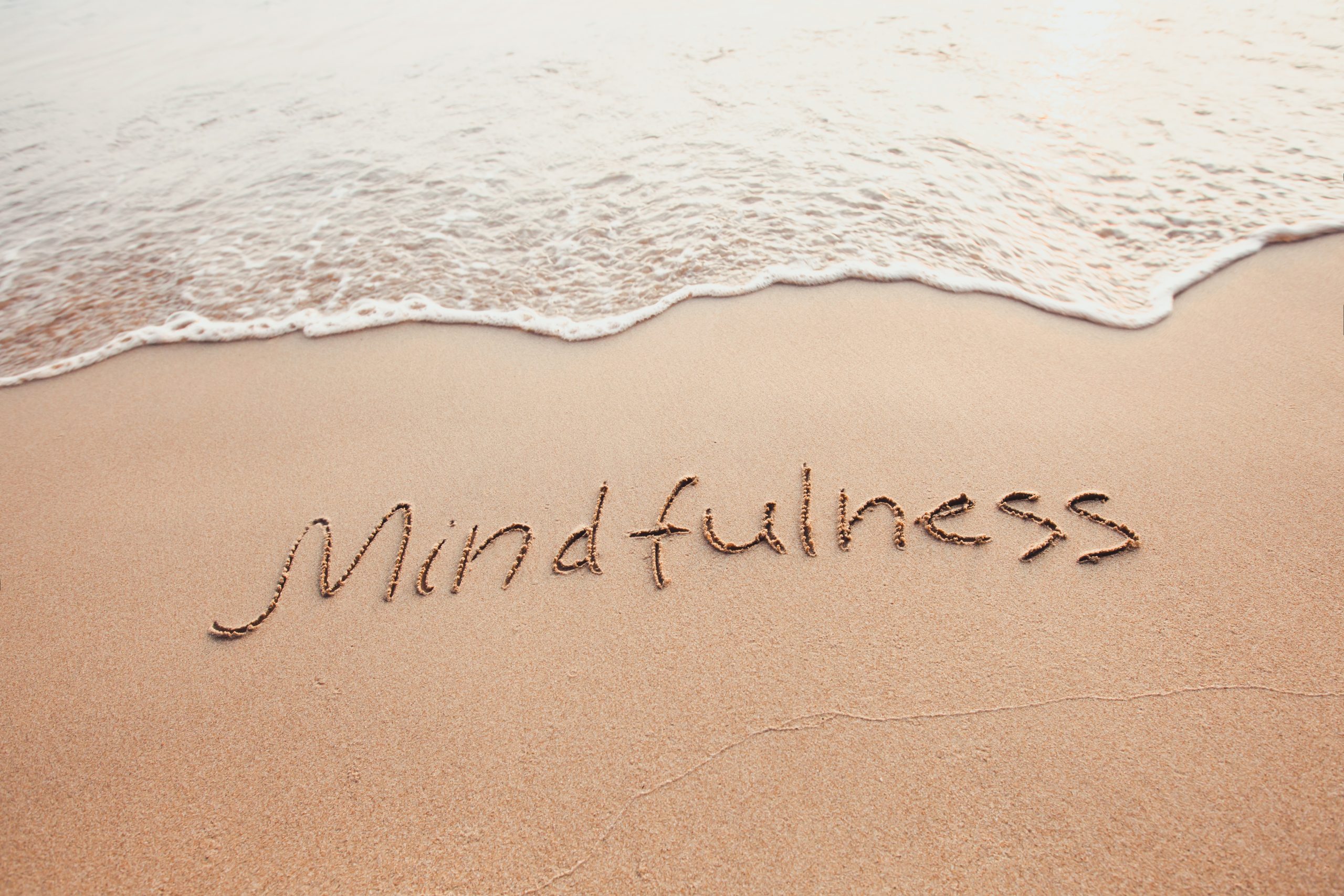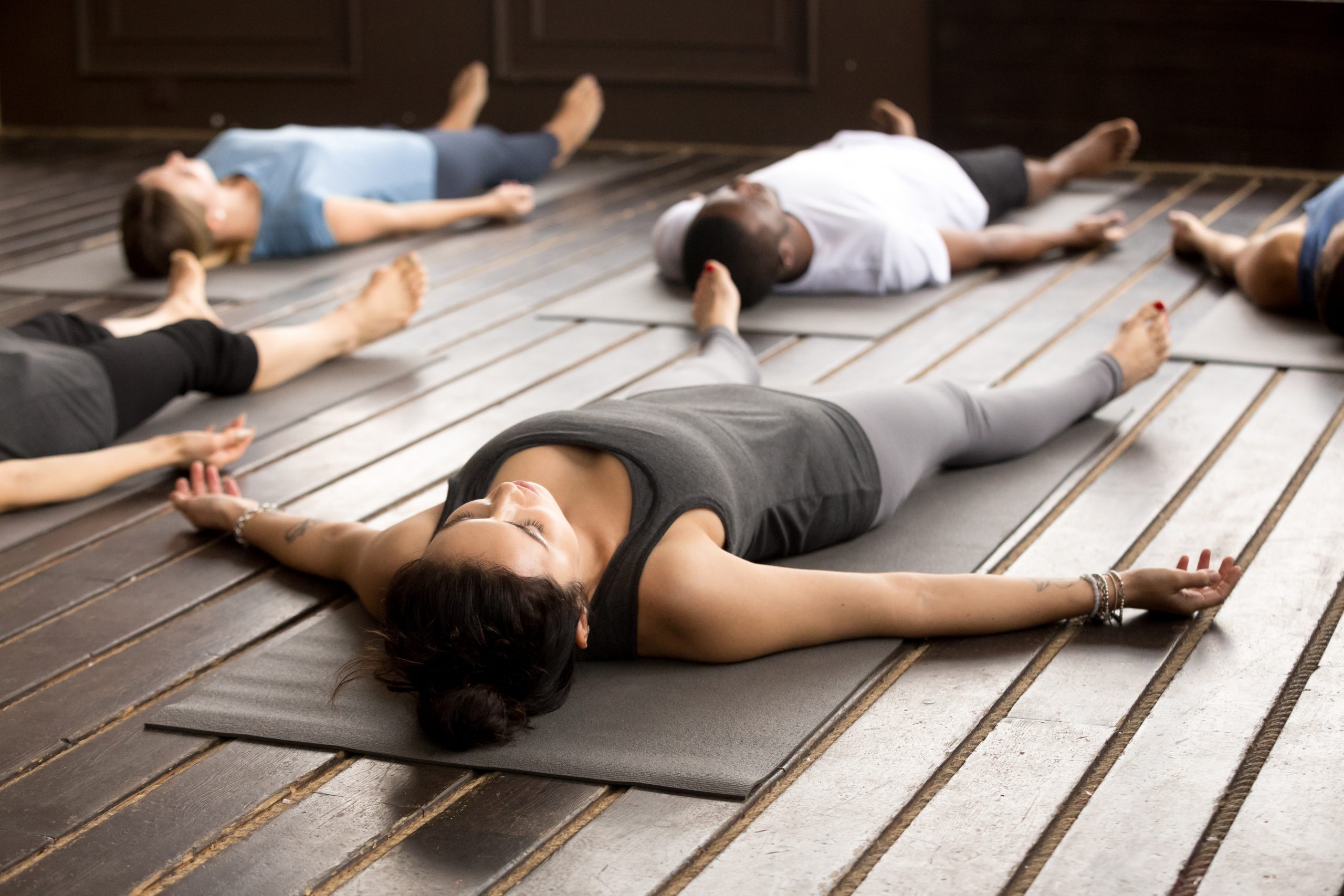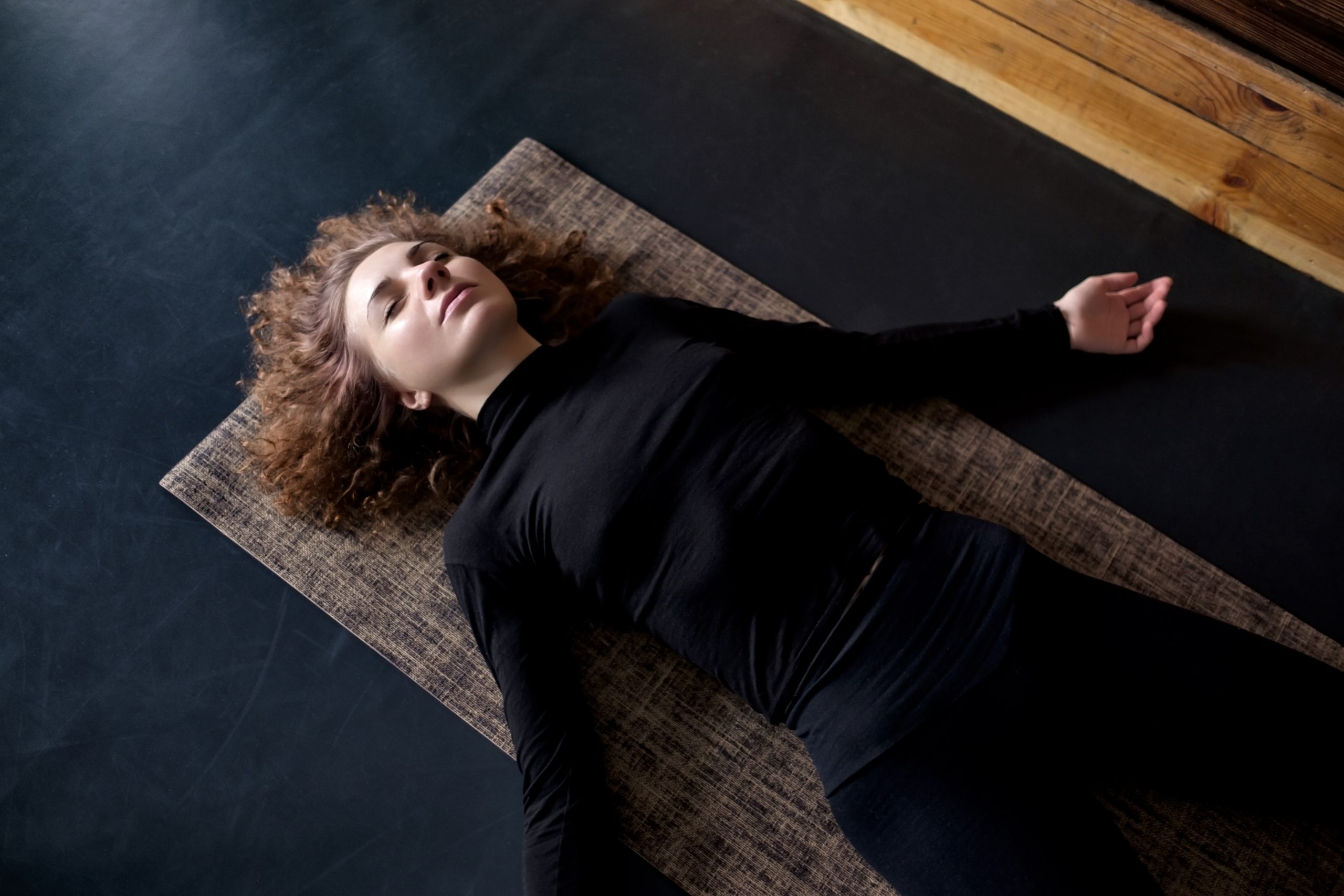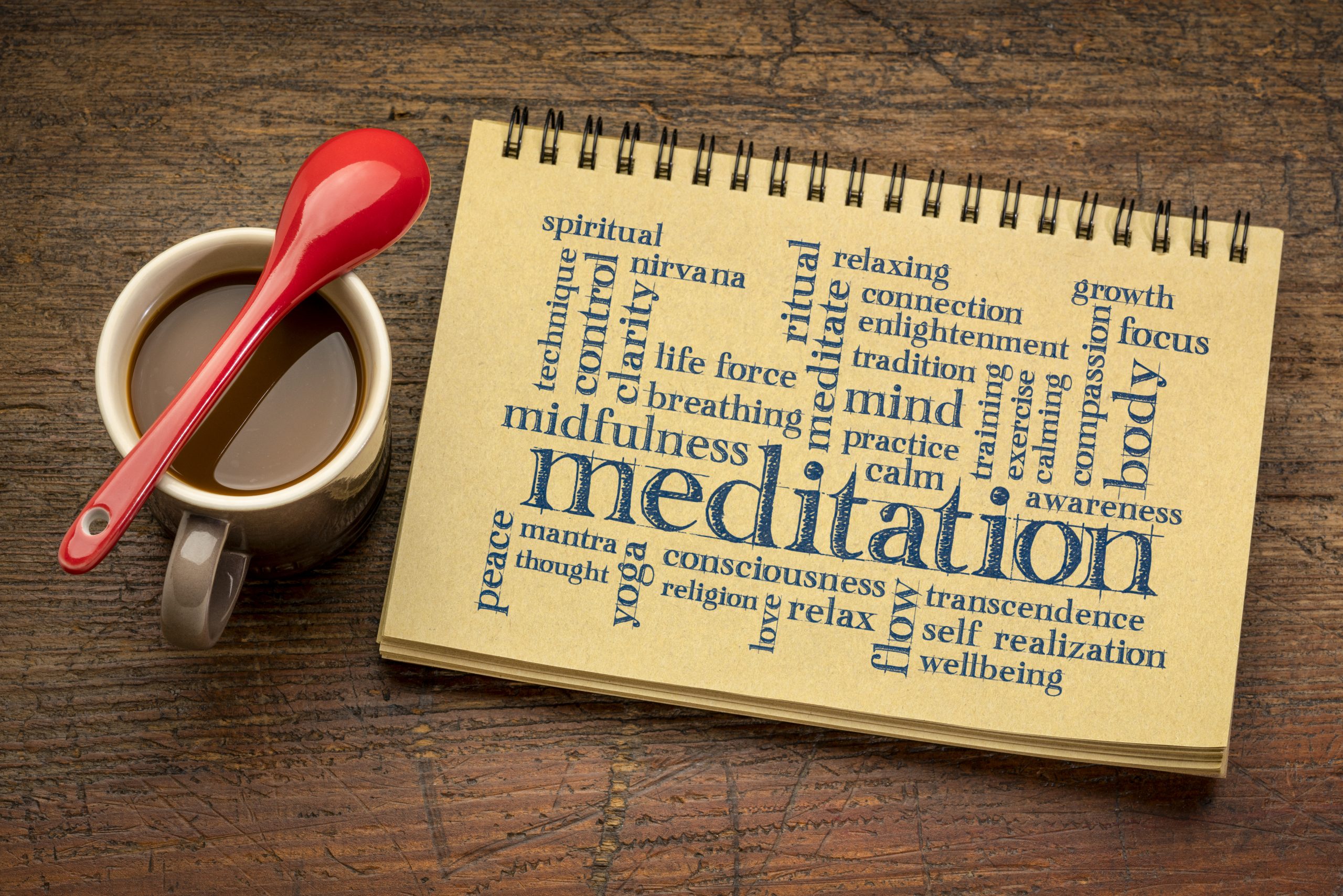7 meditation techniques for beginners

Meditation has gained a lot of popularity in recent years, with many swearing by it to combat stress and help improve mental health conditions such as depression and anxiety. But, meditation can sometimes be a little difficult to get the hang of, especially when you are new to it. It’s easy to get discouraged when you find your mind wandering throughout your meditation sessions, or don’t feel any immediate results. But as with many things, meditation takes time and practice. In this article we will look at some meditation techniques that are especially great for beginners, to help you get started on your wellbeing journey.
Breathing meditation

This is one of the most common types of meditation, which many new apps and programs have started using. Even apple watch now has an integrated ‘breathe’ function, prompting users to take a minute to breathe every once in a while. The idea behind these meditations is simple - by slowing down your breathing and focusing on a regular breathing pattern it is easier for you to focus on the here and now. It gives you something specific to focus on so that your mind does not go off wandering quite as easily.
Mindfulness meditation

This type of meditation is all about being in the present and letting go of the past and future. The focus is on what you can feel and experience right here and now, without changing anything. This can be in combination with other types of meditation such as body scan or breathing meditations.
Body scan meditation

During a body scan meditation you are going on a journey through your body, checking in with its different parts. You will usually start at your feet or your head and then make your way through the entire body. This meditation is great for beginners as it requires more attention. You will be focusing on more than just one thing and will need to shift your focus when you move on to the next body part, making it harder to just let our thoughts drift and get distracted.
Focus meditation

If you don’t like the idea of closing your eyes during meditation, then a focus mediation might be the right thing for you. With this technique you will decide on a focus object, like a vase or a plant for example, and just keep your gaze focused on this object. You can then turn your thoughts around different aspects of the object like its colour, shape or how you think it might feel. The idea is to get so focused on the details of the object, so that you forget everything else around you. Try to engage all of your senses to make this experience as immersive as possible.
Walking meditation

If you don’t like the idea of sitting still for prolonged periods of time then a walking meditation might be just what you need. The idea here is to walk in silence as you observe the things around you with an open curiosity. This is again a meditation aimed at engaging all of your senses so try to notice not only what you can see but also what you can hear and smell. The walk can also be linked with your breath to add another layer of mindfulness, so that you take a step on every in and out breath, to create a steady pattern.
Progressive muscle relaxation meditation

This type of meditation is similar to a body scan, but instead of just noticing different parts of your body, progressive muscle relaxation will have you clenching different parts of the body as tight as possible and then releasing them to induce a deeper state of relaxation. This gives you something specific to focus on and is slightly less passive as you do move parts of your body, unlike with some of the other meditations.
Mantra meditation

Mantra meditations use a positive affirmation to help you gain focus and clarity. This does not have to be a full sentence but could just be a word such as ‘love ‘ or ‘gratitude’. By repeating this mantra over and over in your head it helps you internalise it, and again gives your meditation more structure and focus.








